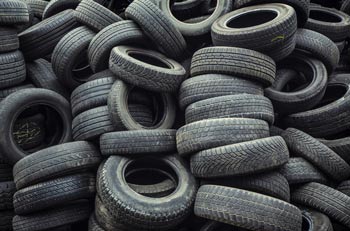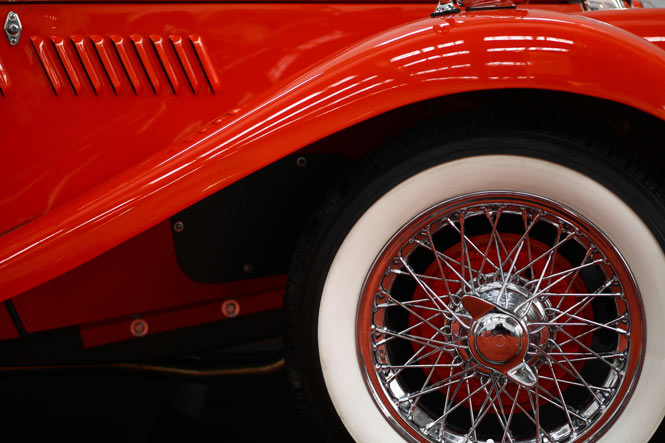 Some interesting figures on the destination of old tyres in Australia have been divulged today on the ACCC website as part of the re-confirming of the status of industry-supported Australian Tyre Stewardship Australia.
Some interesting figures on the destination of old tyres in Australia have been divulged today on the ACCC website as part of the re-confirming of the status of industry-supported Australian Tyre Stewardship Australia.
25
May
22
Sep
It was very familiar to Australian car owners in the 50s and 60s, particularly if they had to take the tyre off the rim to repair a puncture.

A tyre with an inner tube was universal in the days when car tyres were made by the bias-ply method.
It was so called because the layers of rubberised cords were embedded in the rubber in alternating diagonal layers at a 55-degree angle to the rim.
But that technology was replaced by the radial method of tyre construction which are steel-belted with the ply cords radiating at 90-degrees to the wheel rim.



